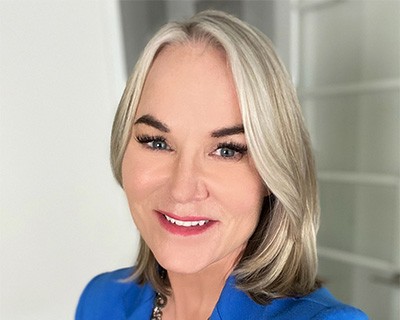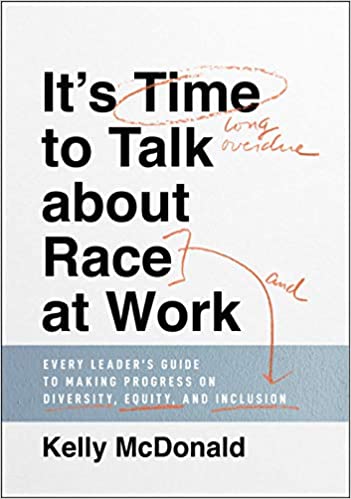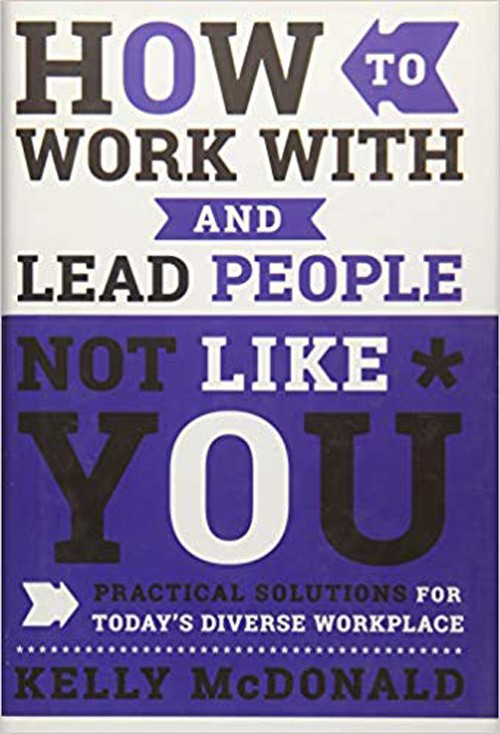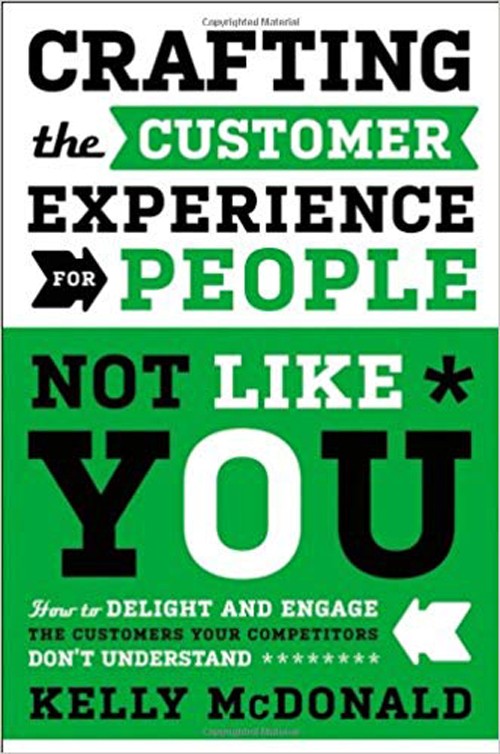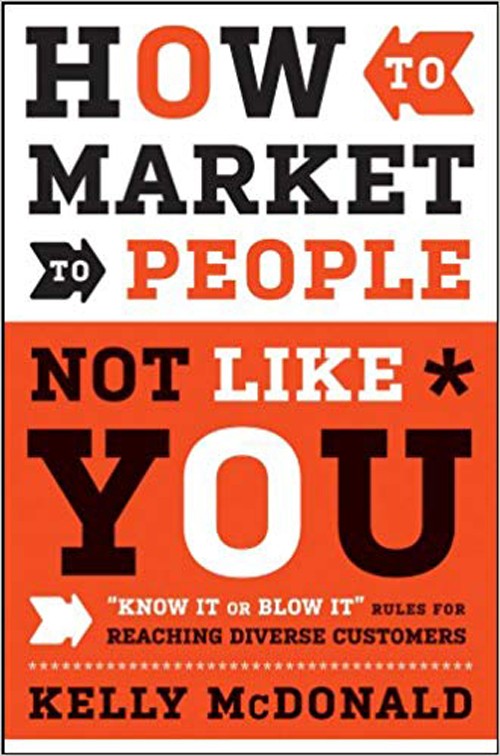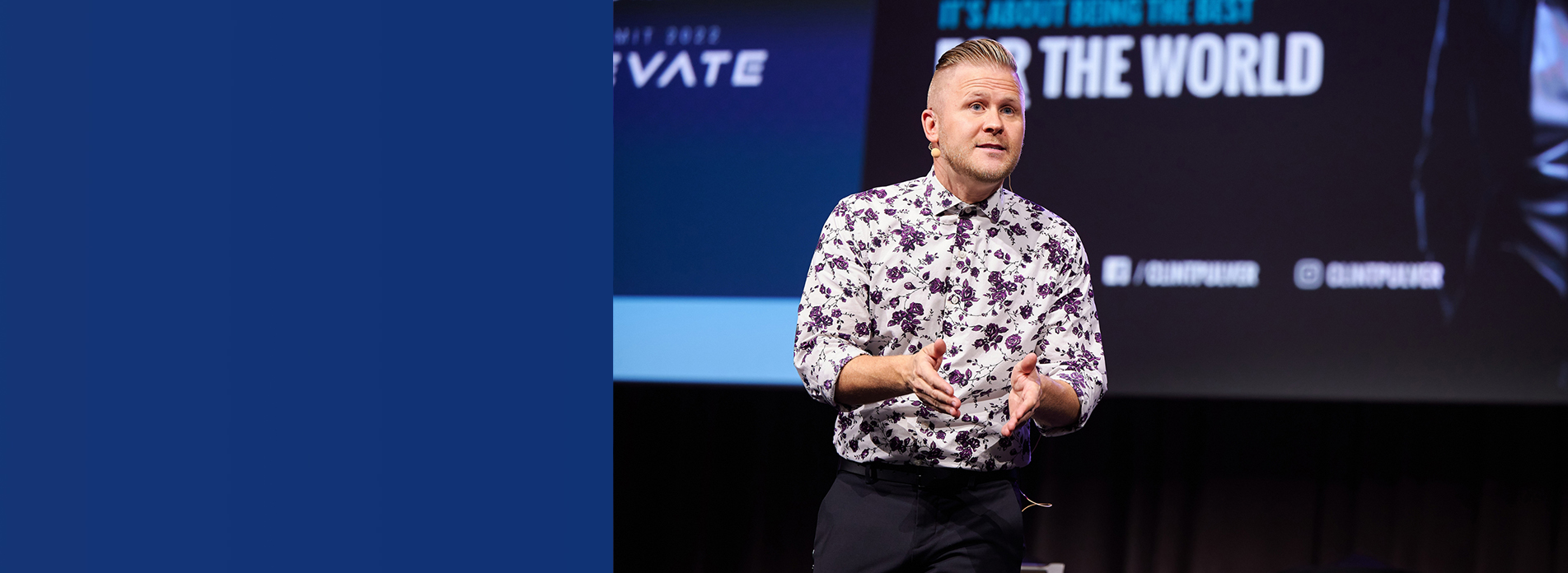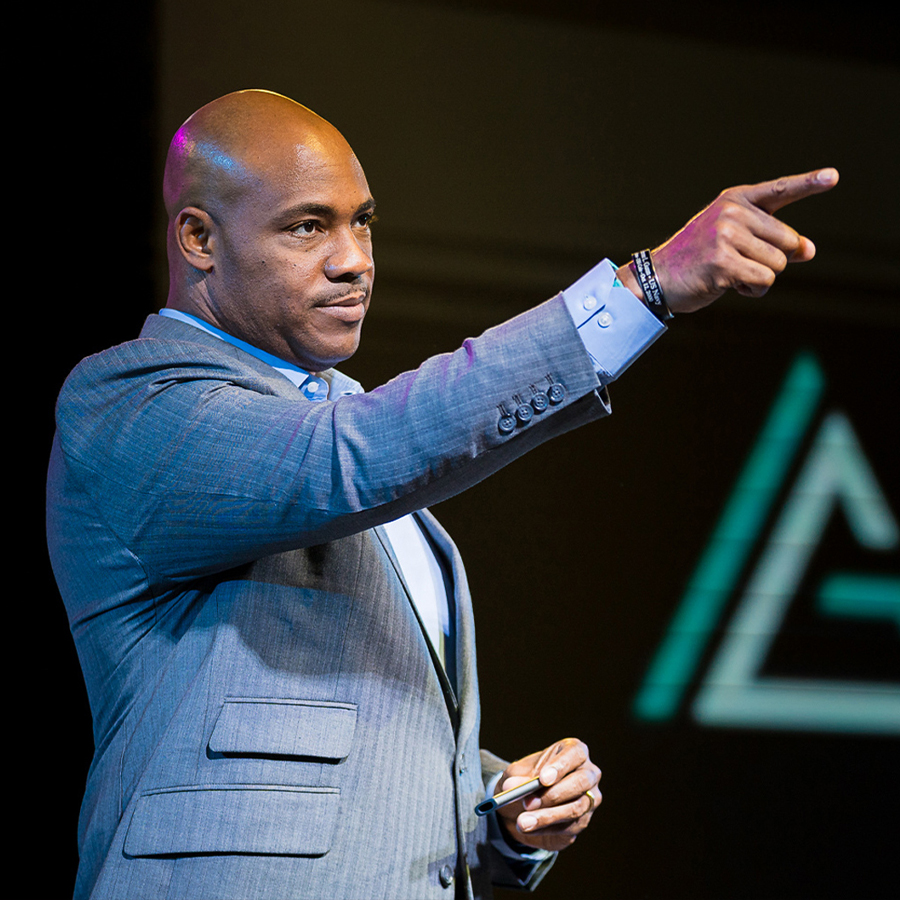Kelly McDonald is considered one of the nation’s top experts in leadership, marketing, the customer experience and consumer trends. Her client experience includes brands such as Toyota, IIABA, NASA, Kimberly-Clark, Nike, Harley-Davidson, Great Clips, Miller Beer, and Sherwin-Williams. Kelly was named one of the “10 Most Booked Speakers in the U.S.” and ranked #1 on the list of “25 Hot Speakers” by Successful Meetings Magazine. She has been featured on CNBC, in Forbes, INC. Magazine, BusinessWeek, CEO World, Fast Company, and more. She is the author of four bestselling books. Her newest, “It’s Time to Talk about Race at Work: Every Leader’s Guide to Making Progress on Diversity, Equity & Inclusion” is one of the top Bestselling Business Books in the U.S. Kelly lives in Denver and when she’s not on the road speaking, she enjoys boxing (yes, boxing, not kickboxing) – and shopping for high heels. She’s also learning to play the cello.
